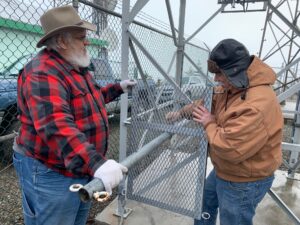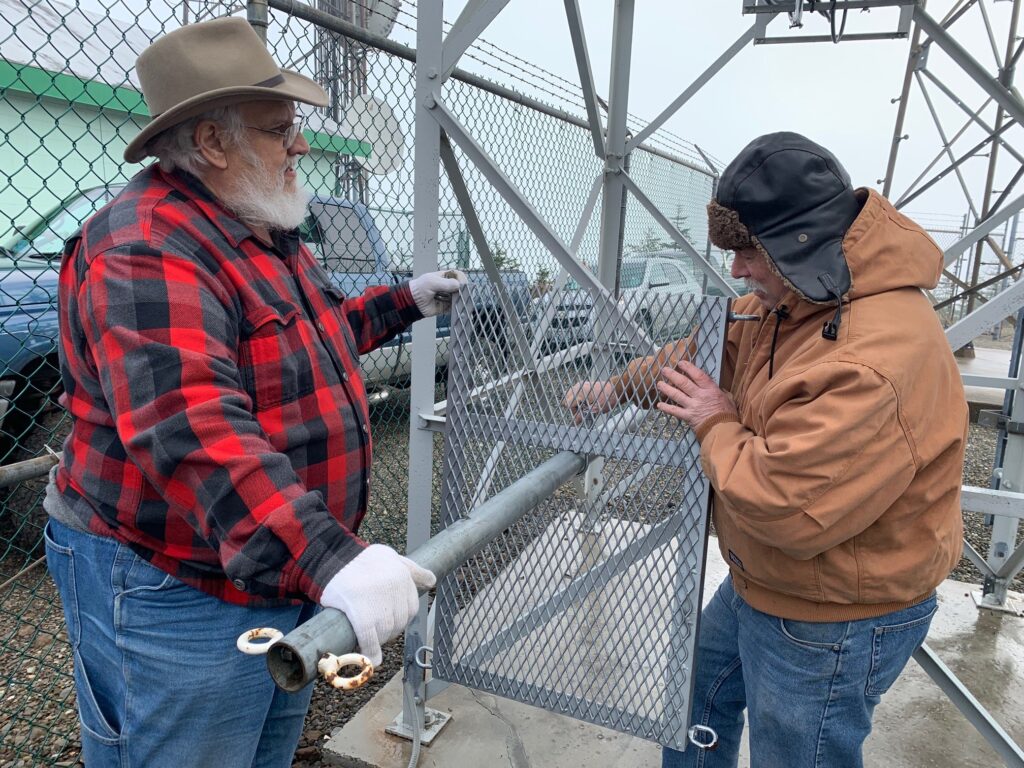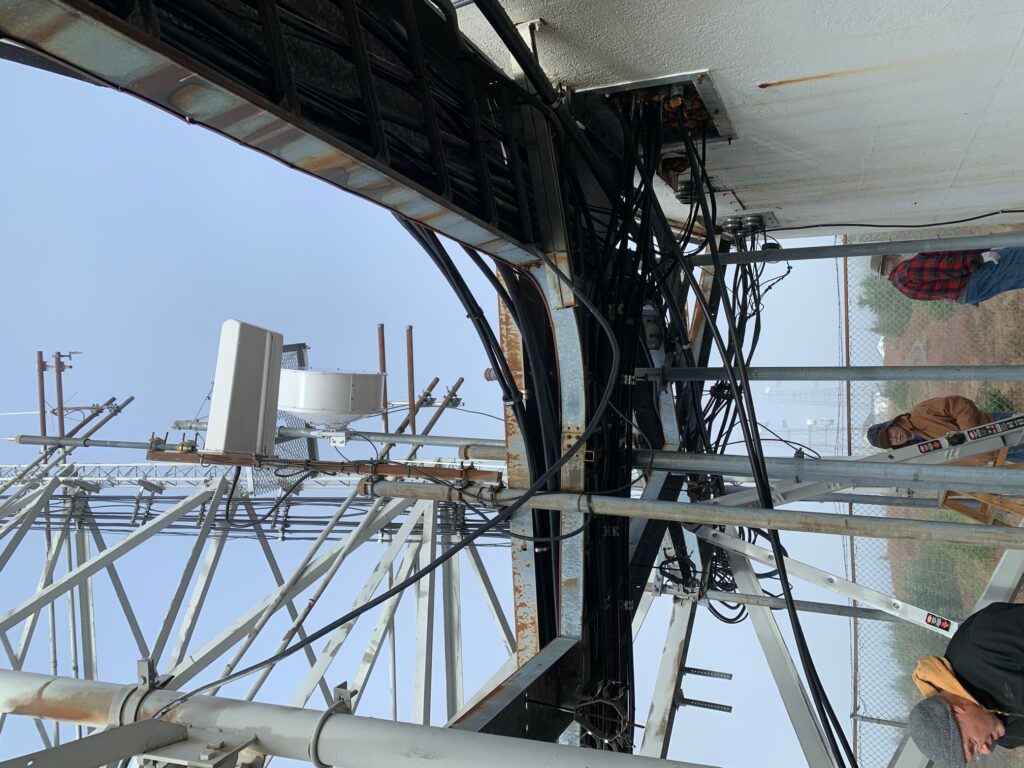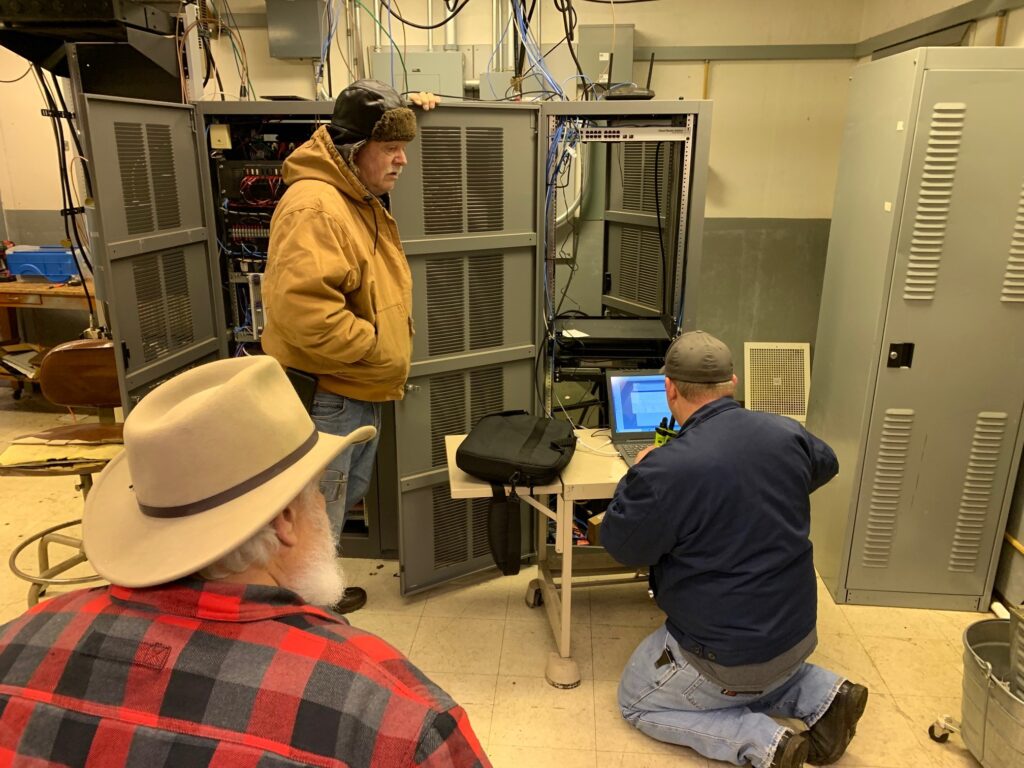Tad Cook, K7RA, of Seattle, Washington, reports for this week’s ARRL Propagation Bulletin:
I am writing this, my penultimate bulletin of 2022, about seven hours after the start of Winter Solstice in the Northern Hemisphere on Wednesday December 21, 2022, at 2147 UTC. It is very cold in Seattle, about 17 degrees Fahrenheit on the longest night of the year.
Solar activity was down a bit from the previous week, although it was one of those odd occasions when average daily sunspot numbers and solar flux changed in opposite directions.
Average daily sunspot number declined from 136.9 to 124.1, while solar flux rose from 150 to 153.8.
Geomagnetic indicators were a bit lower, with average planetary A index changing from 7.7 to 6.7, and middle latitude numbers from 6 to 5.1.
Due to missing data, I had to fudge one of the numbers (the December 16 middle latitude A index), which I pegged at 7 by eyeballing trends.
Predicted solar flux appears to reach a short-term peak of 160 on January 4 – 7, 2023. Starting December 22, 2022, the forecast shows 140 and 135 through December 23; 130 on December 24 – 25; 135 on December 26 – 28; 130, 135, and 138 on December 29 – 31; 140, 150, and 155 on January 1 – 3, 2023; 160 on January 4 – 7; 158, 156, 154, 154, and 152 on January 8 – 12; 150 on January 13 – 15; 145, 130, and 120 on January 16 – 18; 118 on January 19 – 20; and 120, 125, and 127 on January 21 – 23.
Predicted planetary A index is 12, 8, 5, 14, and 10 on December 22 – 26; 8, 5, 12, 10, and 12 on December 27 – 31; 8, 5, and 18 on January 1 – 3, 2023; 10 on January 4 – 5; 8, 10, and 6 on January 6 – 8; 5 on January 9 – 14; 12, 10, and 20 on January 15 – 17; 12, 8, 5, and 18 on January 18 – 21; and 20 on January 22 – 24.
In Friday’s bulletin look for a 6-meter report from Jon Jones, N0JK, the columnist of “The World Above 50 MHz” in QST magazine, and any other interesting observations you and others may send my way.
Sunspot numbers for December 15 through 21, 2022 were 140, 108, 139, 128, 132, 119, and 103, with a mean of 124.1. The 10.7-centimeter flux was 165.9, 163.1, 154.6, 155, 6, 152.4, 146.4, and 138.7, with a mean of 153.8. Estimated planetary A indexes were 5, 9, 3, 4, 11, 6, and 9, with a mean of 6.7. Middle latitude A index was 4, 7, 2, 2, 9, 5, and 7, with a mean of 5.1.
Send your tips, questions, or comments to k7ra@arrl.net.
A comprehensive K7RA Solar Update is posted Fridays on the ARRL website. For more information concerning radio propagation, visit the ARRL Technical Information Service, read “What the Numbers Mean…” and check out the Propagation Page of Carl Luetzelschwab, K9LA.
A propagation bulletin archive is available. For customizable propagation charts, visit the VOACAP Online for Ham Radio website.
Share your reports and observations.



